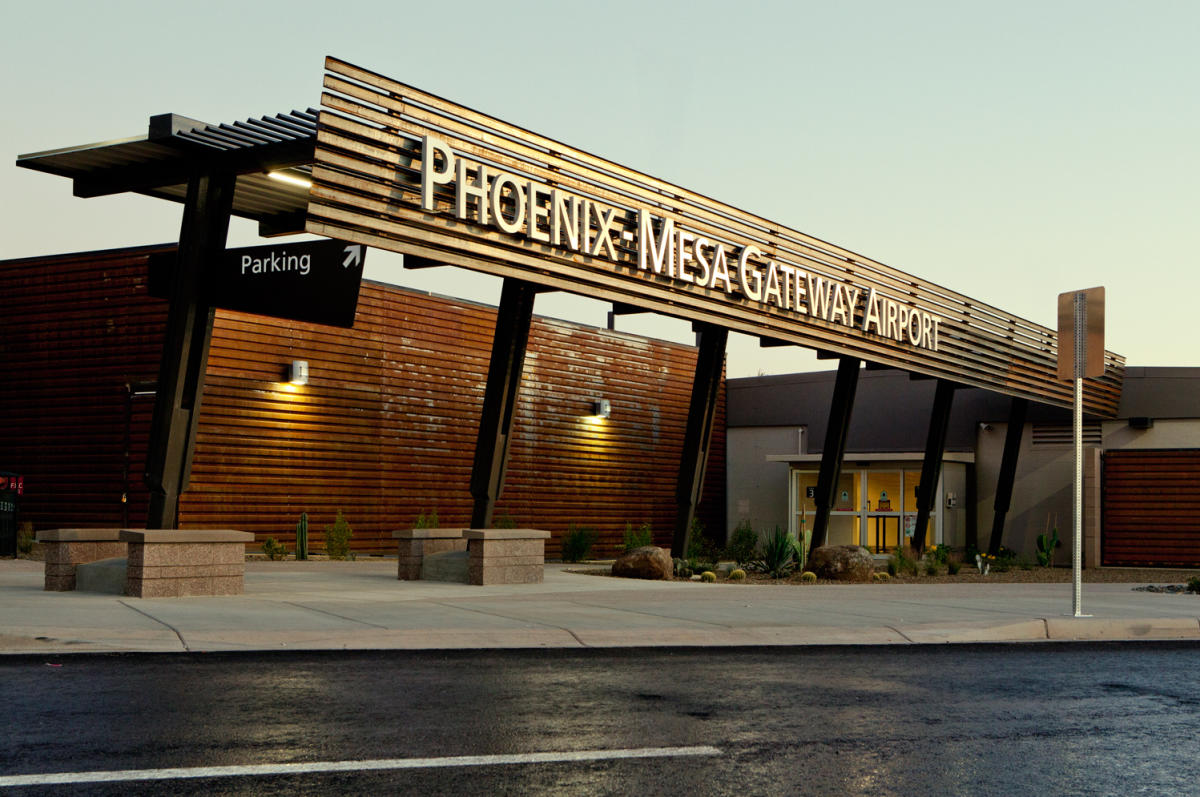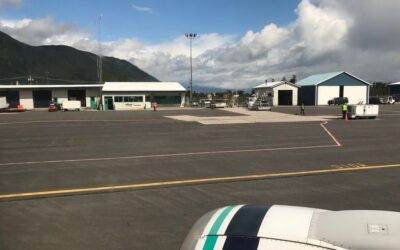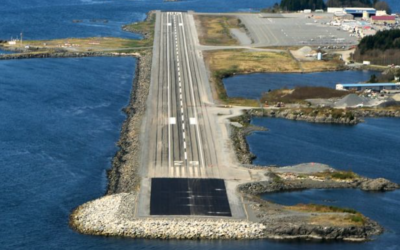Phoenix-Mesa Gateway Airport (AZA), located in the southeastern region of the Greater Phoenix Area, has rapidly evolved into a significant player in Arizona’s aviation industry. Originally a military base, AZA’s transformation into a bustling commercial airport symbolizes the region’s growth and its increasing prominence in the national aviation scene. This article explores AZA’s journey, its current status, and its impact on the local and broader economies, packed with detailed facts and statistics.
Historical Roots: From Military Beginnings to Commercial Success
AZA’s roots trace back to its establishment as Williams Air Force Base in 1941. For decades, it served as a key military training facility. The base’s closure in the 1990s marked a turning point, paving the way for its reinvention as a commercial airport. This transition from military to civilian use is a testament to the region’s adaptability and foresight in capitalizing on existing infrastructure to foster economic growth.
Strategic Location and Expanding Infrastructure
Located in Mesa, Arizona, AZA is strategically positioned to serve the East Valley of the Phoenix metropolitan area. The airport covers an area of approximately 3,020 acres and features three runways. Its location, away from the busier Phoenix Sky Harbor International Airport (PHX), makes it an attractive alternative for both airlines and passengers, offering convenience and efficiency.
Rapid Growth and Increasing Passenger Traffic
In recent years, AZA has experienced significant growth in passenger traffic. From handling just over 8,000 passengers in 2008, the airport saw an impressive increase to more than 1.5 million passengers in 2019. This surge indicates AZA’s rising popularity and capacity to accommodate growing air travel demands in the region.
Economic Impact: Boosting the Local Economy
AZA is a substantial economic contributor to the Mesa region and the state of Arizona. The airport generates over $1.8 billion in annual economic impact and supports thousands of jobs directly and indirectly. Its role in stimulating local business, attracting tourism, and facilitating commerce is a key driver of the region’s economic vitality.
Airline Partnerships and Destination Connectivity
AZA is home to several low-cost carriers, including Allegiant Air, which operates the majority of flights from the airport. These partnerships have been instrumental in expanding AZA’s route network, now offering non-stop service to over 50 destinations. This growing network plays a crucial role in enhancing the region’s connectivity to major cities across the United States.
Community Engagement and Educational Initiatives
Beyond its aviation services, AZA actively engages with the local community. The airport hosts educational tours, supports community events, and collaborates with local schools and organizations. These activities underscore AZA’s commitment to being a community partner and an educational resource in the region.
Facilities and Passenger Amentities
The airport’s terminal facilities have been continually upgraded to accommodate increasing passenger numbers and enhance the overall travel experience. AZA offers a range of amenities, including dining options, retail outlets, and rental car services, ensuring a convenient and comfortable journey for travelers.
Future Outlook: Plans for Expansion and Innovation
As AZA continues to grow, plans for expansion and modernization are underway. These include terminal enhancements, runway improvements, and the introduction of new technologies to increase capacity and improve operational efficiency. These forward-looking developments are poised to bolster AZA’s position as a key airport in Arizona’s aviation landscape.
Phoenix-Mesa Gateway Airport stands as a beacon of progress and potential in Arizona’s aviation industry. Its remarkable transformation from a military base to a thriving commercial airport mirrors the region’s evolution and its aspirations for the future. As AZA continues to expand and innovate, it reaffirms its role as a vital economic driver, a gateway to connectivity, and a committed community partner.







0 Comments